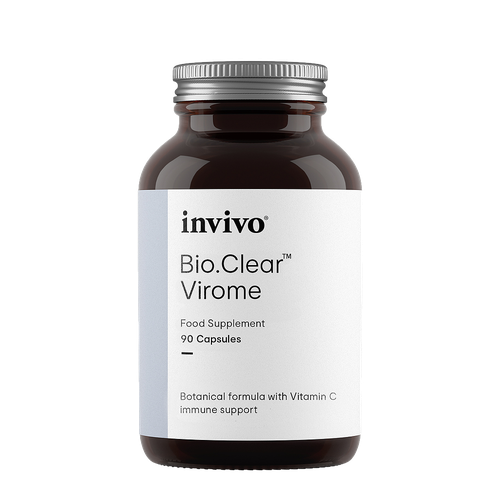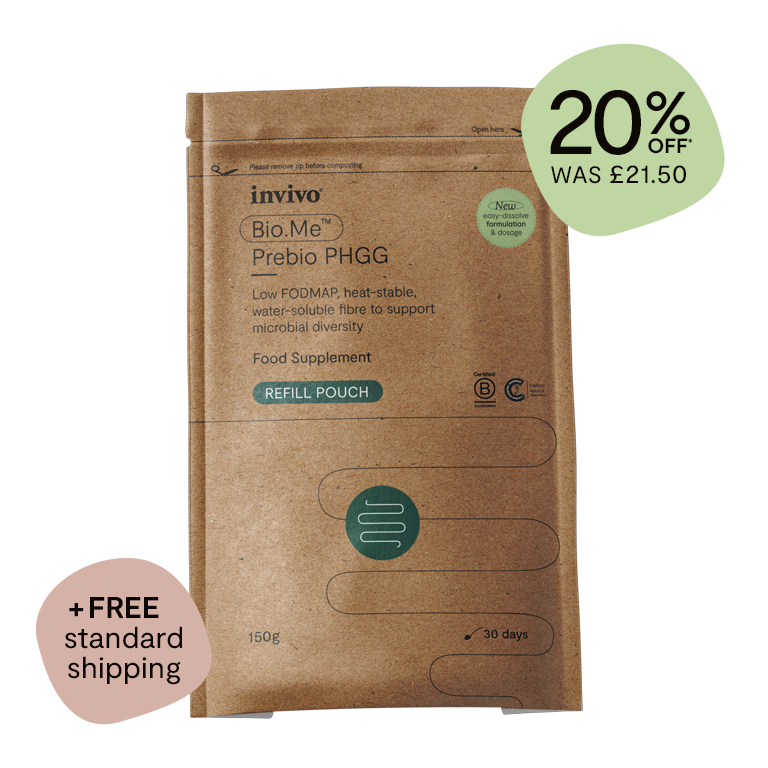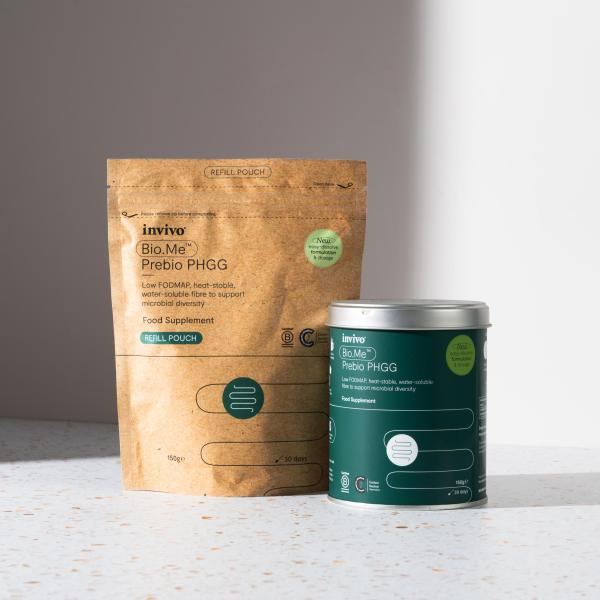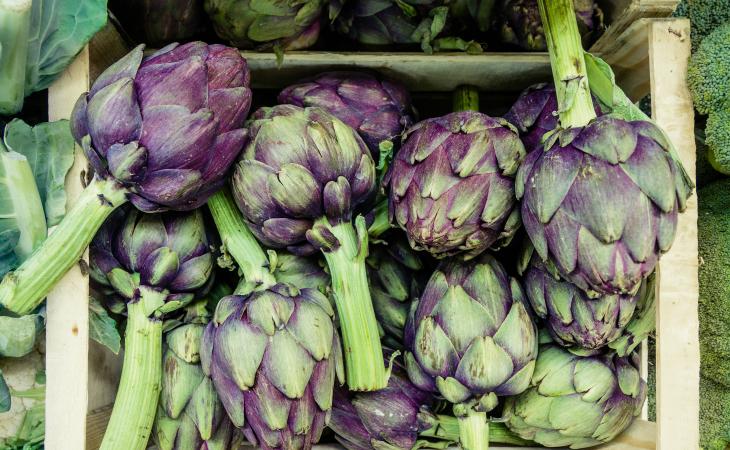Ginger (Zingiber officinale)
Traditionally in Western herbal medicine, ginger has been utilised in the digestive tract for dyspepsia, flatulent colic, gastritis and diarrhoea associated with depletion.
It is commonly used for pregnancy- and chemotherapy-related nausea, gastrointestinal cramping, loss of appetite and cold extremities (1). Ginger is anti- inflammatory, a spasmolytic, anti-platelet and a diaphoretic (1).
Prokinetic
Gingerols and shogaols, and their activity on cholinergic M receptors and serotonergic 5-HT and 5-HT receptors, have been shown to accelerate gastric emptying and stimulate gastric antral contractions (2).
A double-blind, randomised trial (n=11) evaluated the effects of ginger on gastric motility in clients with functional dyspepsia. Gastric emptying was more rapid after the ginger extract (1200 mg) compared to placebo (p<0.05) and there was a trend for more antral contractions (p=0.06) (3). Similar results were also noted by Micklefield et al. using 100 mg ginger extract twice daily (4).
Within in vivo and in vitro studies, ginger has been shown to have a prokinetic effect. Studies on rats show an increased food transit time through the stomach (5). Ginger improved bile acid and pancreatic enzyme production, all leading to improved digestion, as well as being protective to the gastric mucosa (6).
In vivo studies do not identify any major toxicities (7). The ginger metabolites, 6-, 8- and 10-GN and 6-SG, were found to be safe for healthy human subjects up to doses of 2000 mg (8).
Globe Artichoke (Cynara scolymus)
Traditionally, Cynara has been used as a hepatoprotective, hepatic trophorestorative, choleretic, cholagogue, bitter tonic, hypocholesteriaemic, antiemetic, diuretic and depurative (9).
Prokinetic
In a randomised, placebo-controlled, cross-over study, a mixture of ginger extract (20 mg) and artichoke leaf extract (100 mg), significantly promoted gastric emptying in healthy volunteers (p<0.001) after the consumption of a standardised meal, without being associated with adverse effects (10).
Both Cynara and its active constituent, cynarin, have been shown to increase bile secretion, reduce upper intestinal bloating, reduce nausea, reduce gas, improve appetite and improve fat tolerance in human clinical trials (11).
In an open-label study, 553 out-patients with non-specific dyspeptic complaints were treated with a standardised artichoke leaf extract (960-1920 mg split dose daily). The subjective complaints declined significantly within 6 weeks of intervention (12). Improvements were found for vomiting (88%), nausea (83%) and abdominal pain (76%), loss of appetite (72%), severe constipation (71%), flatulence (68%) and fat intolerance (59%). Ninety-eight percent of the patients judged the effect of the extract to be considerably better, somewhat better, or equal to that achieved during previous interventions with other drugs.




